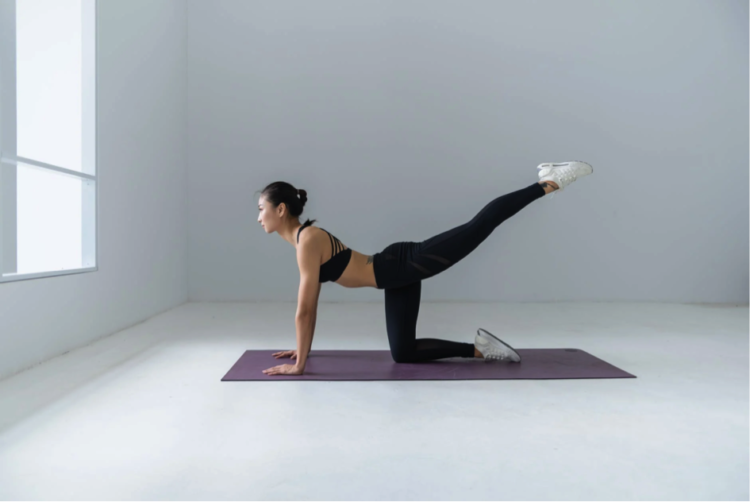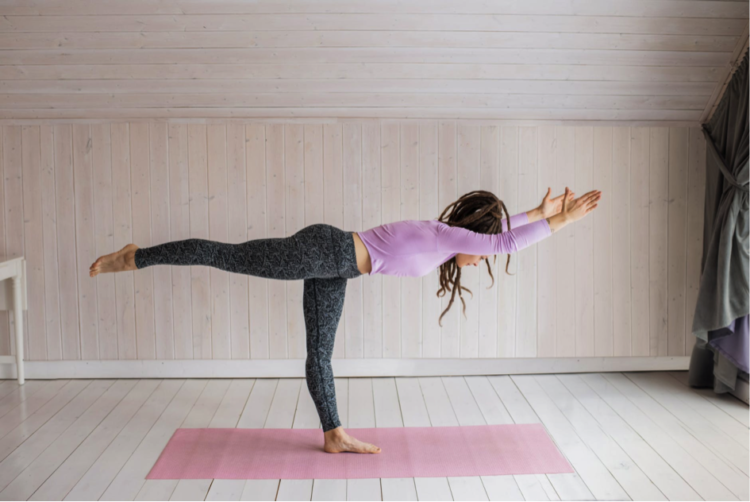Yoga enthusiasts understand the importance of using the right equipment for their discipline. After all, a yoga mat is the essential item yogis carry everywhere. It needs to cater to specific needs according to the level of expertise and what their body needs while practicing.

Identify Your Body’s Needs
You will need a different yoga mat when you’re a beginner compared to when you’ve already had years of experience in the practice. First, you need to identify how your body reacts to your yoga sessions: do your knees hurt when you touch the ground? Do you lose balance quickly when standing up? These questions also have to do with the type of yoga you practice, so feel free to ask your instructor what yoga mat you should get when you’re starting if you’re unsure. The scenario drastically changes once you’ve mastered the basics and want to step up the challenge. Don’t be surprised if, at some point, you start to browse again for another mat after a few months of intense training!
Choose The Right Material
Once you start browsing what yoga mats are available for sale, you’ll soon realize that manufacturers offer different materials. As you may have expected, this comes with new choices to deal with: PVC mats are the most affordable type available, but if you’re a person who wants to follow an eco-friendly lifestyle, you may want to steer away from them. If your budget allows for it, the professionals at Yogangstar state that more natural materials can still offer a firm grip to the ground without compromising the environment with harmful components. The texture also plays an important role when choosing the right yoga mat for you: smooth mats suit powerful yoga movements but don’t absorb sweat as optimally compared to a natural rubber mat.
Get The Correct Thickness
A standard yoga mat is ⅛ inches thick. When you’re new to yoga, this may not sound too relevant, but the reality is that it will impact your performance. If you choose a mat that’s too thin for your needs, you will feel extremely uncomfortable when your elbows or knees have to touch the ground for certain poses. Going for a yoga mat that’s too thick, and you won’t be able to balance your body optimally. Of course, each extreme of the scale has its benefits and drawbacks while demanding different maintenance types in the long run. A thick mat will be a practical solution for anyone suffering from joint pains or whoever needs to sit or lay on the floor often, while a thinner yoga mat will allow your hands and feet to hold better to the floor during your sessions properly.
Other Details To Consider
Once you’ve decided on the basic measurements and materials your ideal yoga mat should have, there are other minor considerations you should be on the lookout for, depending on your situation. For instance, if you go to a yoga studio to practice every day, you may also want to consider purchasing a yoga bag to carry it around easily. Some yoga mats are heavy to carry and aren’t easy to fold, so it’s best to leave them for your home routines.

When yoga wasn’t a widespread discipline, the colors available were limited to blue and purple. But now, you’re able to choose from a healthy variety of vibrant designs that can match your personality. It’s just a matter of searching your favorite niche stores to see what they can offer and stick to your budget.
Yoga has evolved immensely over the last few decades, and many people have fallen in love with the teachings and benefits behind this discipline. Starting as a newbie comes with many challenges, especially when you go online and see all these gurus and experts doing complex poses and showing off their flexibility and endurance. But you should only focus on your progress and start slow to understand what your body needs. Getting the right yoga mat for your level of expertise is crucial to ensure an optimal session every time and decrease the chances of abrasion injuries. Practicing yoga will only bring you plenty of benefits to your body and mind, so don’t be afraid of embracing the changes that this ancient discipline will offer to you and learn as much as you can along the journey.







